Essential things to know about reheating food
Top tips for recooking food safely
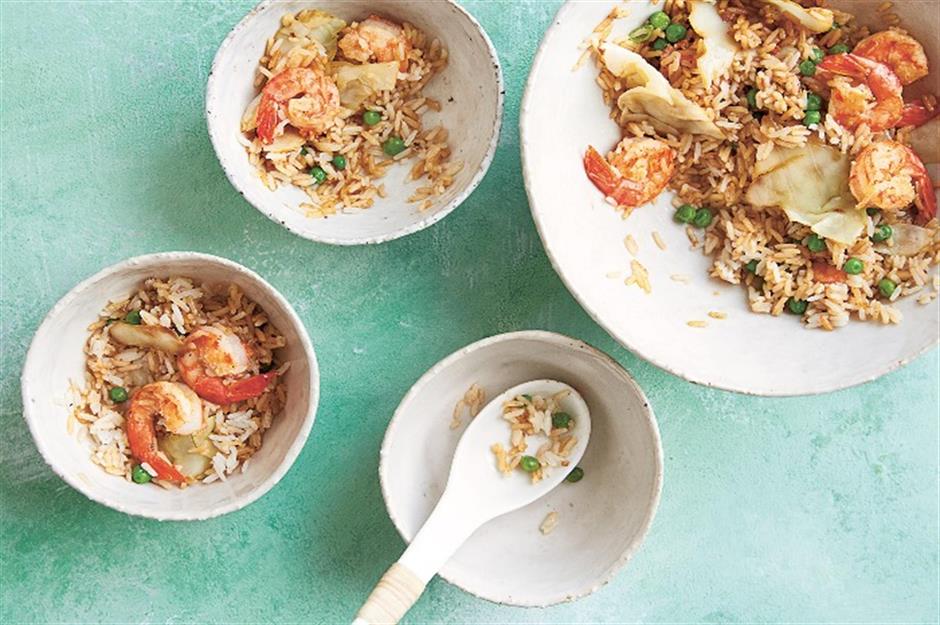
Cooling leftovers is crucial
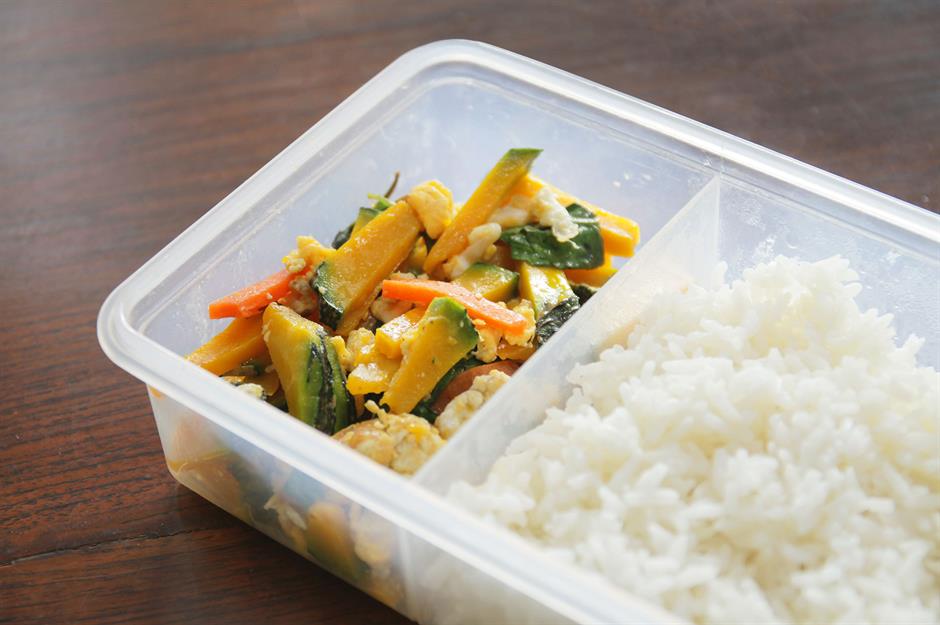
Cooling food quickly after cooking is the key to safely reheating it later. Cover any leftovers and allow them to cool for a maximum of two hours before storing them in the fridge. You can always divide up larger batches of foods, such as stews and soups, into shallow containers so the temperature decreases faster.
Keep it hot for two minutes
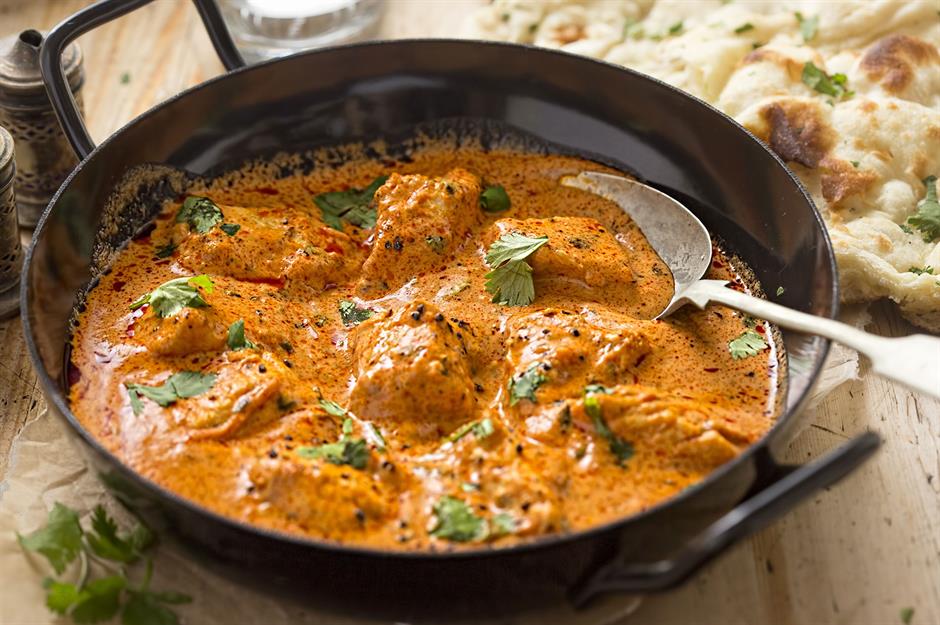
Food should be heated to an internal temperature of 70°C (158°F) and it must stay at this temperature for at least two minutes. Cooking causes the proteins in any bacteria to break up and the germs start to die at around 60°C (140°F).
Once is enough
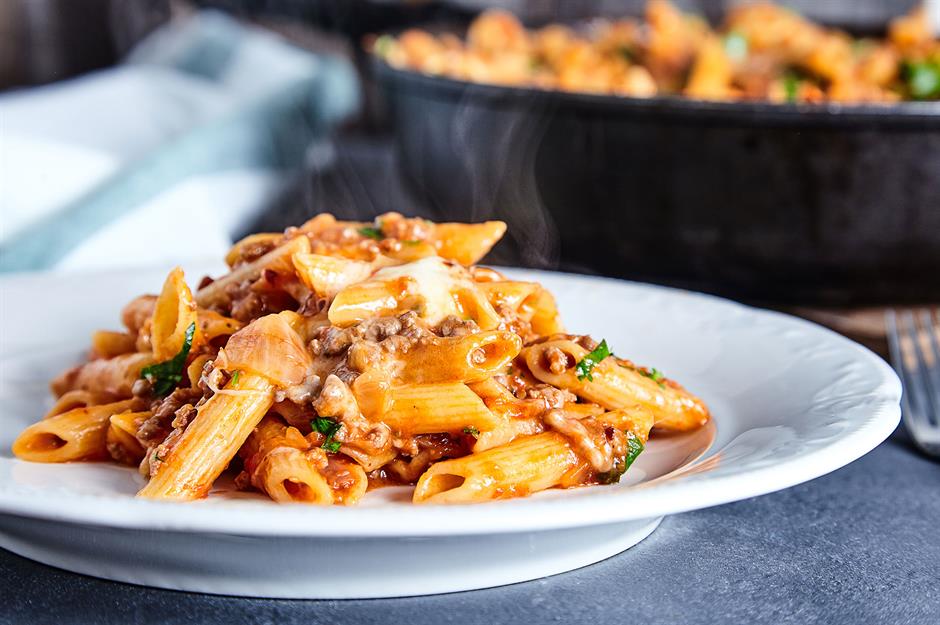
It's best to only reheat leftovers once, so aim to heat up just the amount you need. While reheating dishes multiple times may heighten your chance of food poisoning, it also reduces the flavour and nutritional content of your meal.
Food should be piping hot
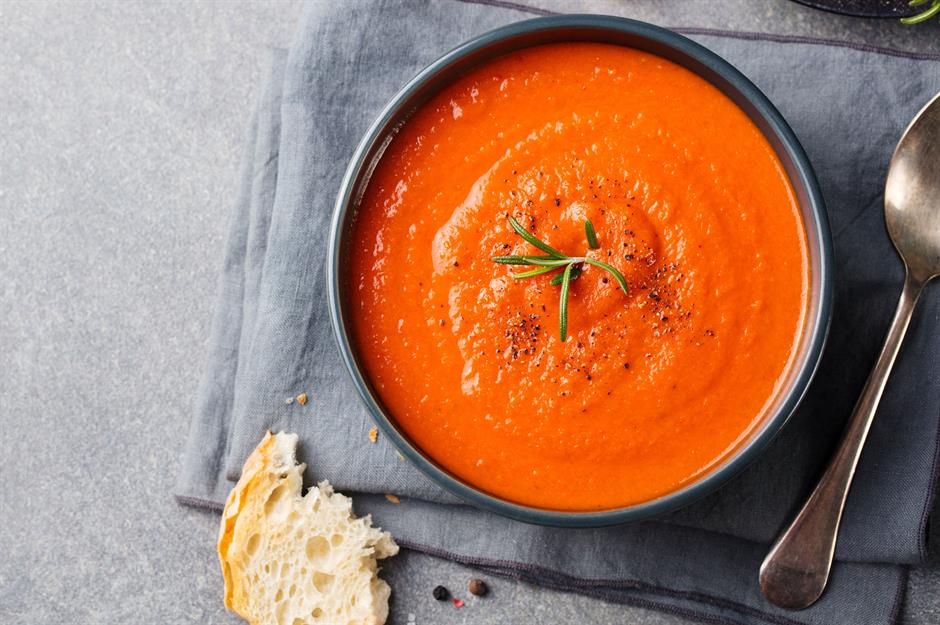
Get your oven up to temperature
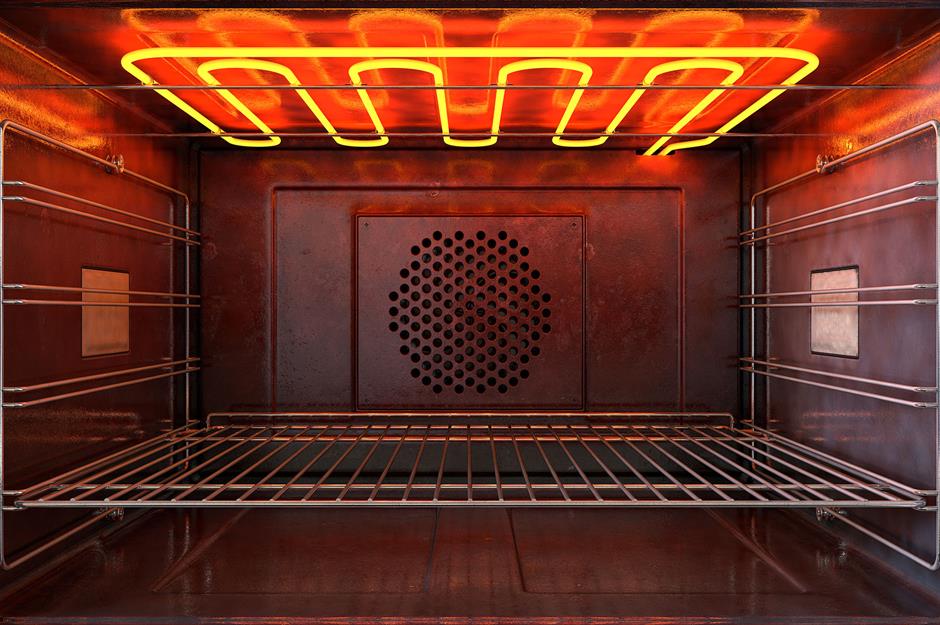
Use a probe for accuracy
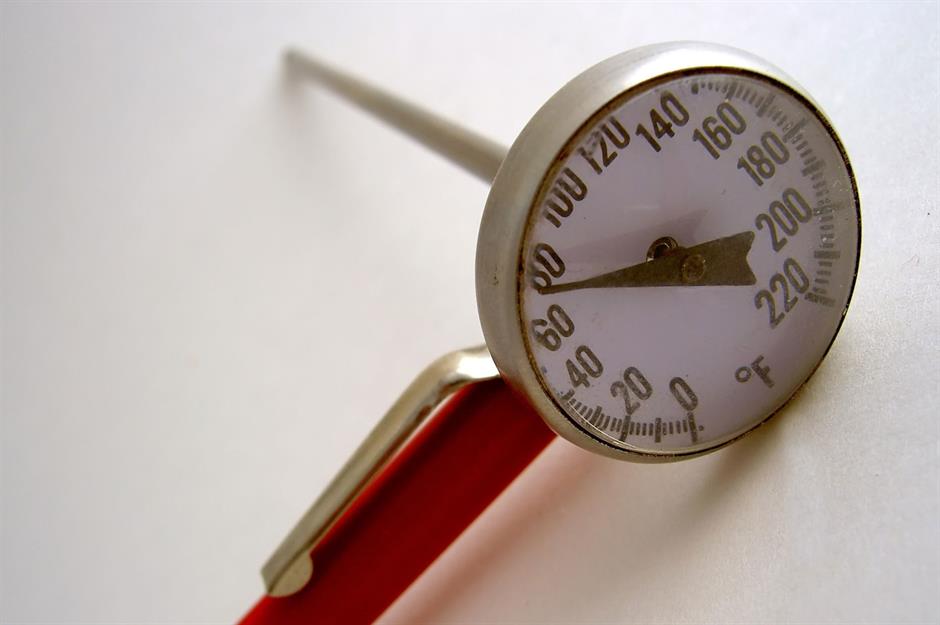
Thaw frozen food carefully
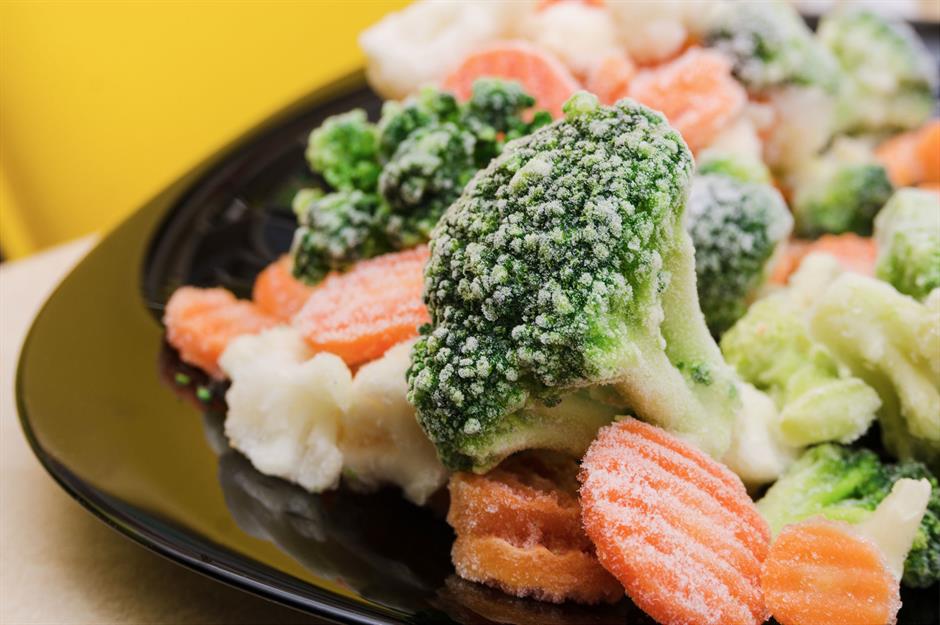
Don't defrost food at room temperature – it's best to leave frozen foods to thaw in the fridge overnight, because bacteria thrive when temperatures climb above 8°C (46.4°F). If you're short on time then use the defrost setting on your microwave, before reheating thoroughly on a higher setting. Remember that some items, like that huge Christmas or Thanksgiving turkey, can take up to four days to thaw in the fridge. Read our guide to freezing fruit and vegetables for more tips.
You can (sometimes) reheat from frozen
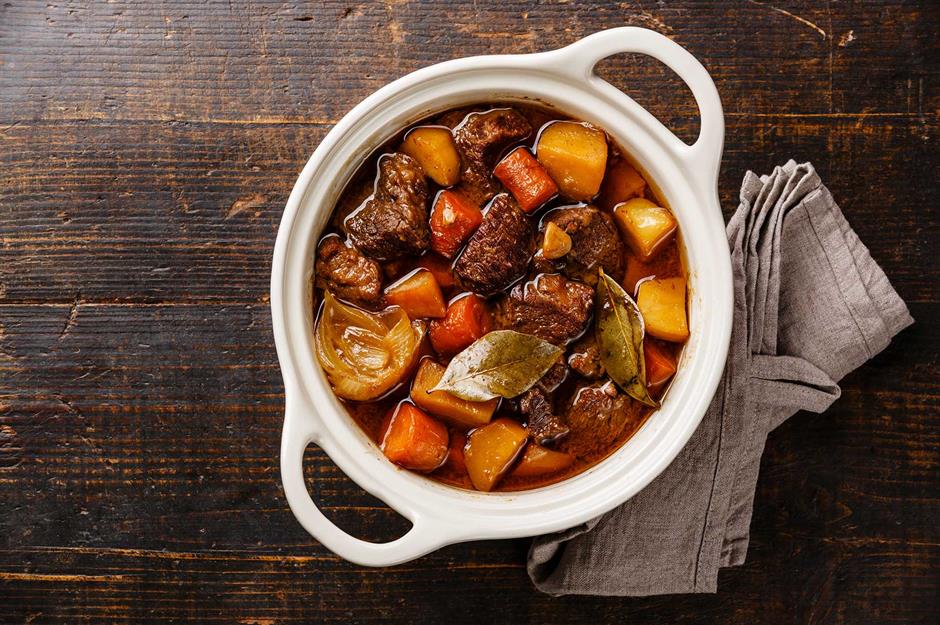
While you absolutely shouldn't attempt to cook a turkey from frozen, for some pre-cooked leftovers such as portions of stews and soups, official advice from the USDA (United States Department of Agriculture Food Safety and Inspection Service) says it's fine to reheat directly from the freezer. You can do this in the oven, on the hob or in the microwave but it will, of course, take longer than thawed foods. As always, check your food is piping hot and cooked evenly all the way through.
You can refreeze cooked meat
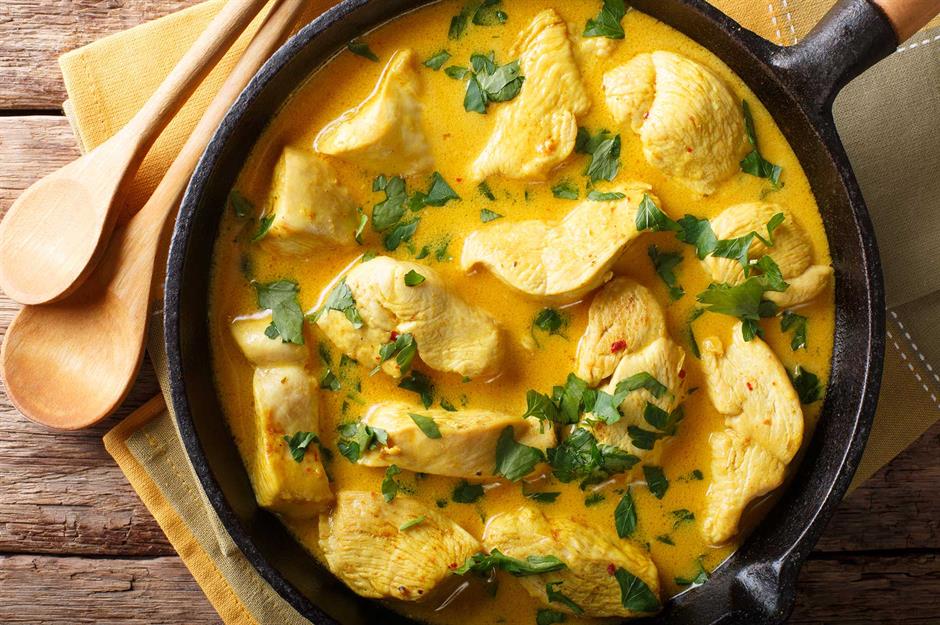
It is safe to cook previously frozen but defrosted meat and then freeze the brand new meal you've made. For example frozen chicken can be made into a curry or stew and then refrozen for an easy dinner on a busy winter weeknight. However, as with all meats you should only reheat the meal once and never refreeze any raw meat.
Cut up your food for better results
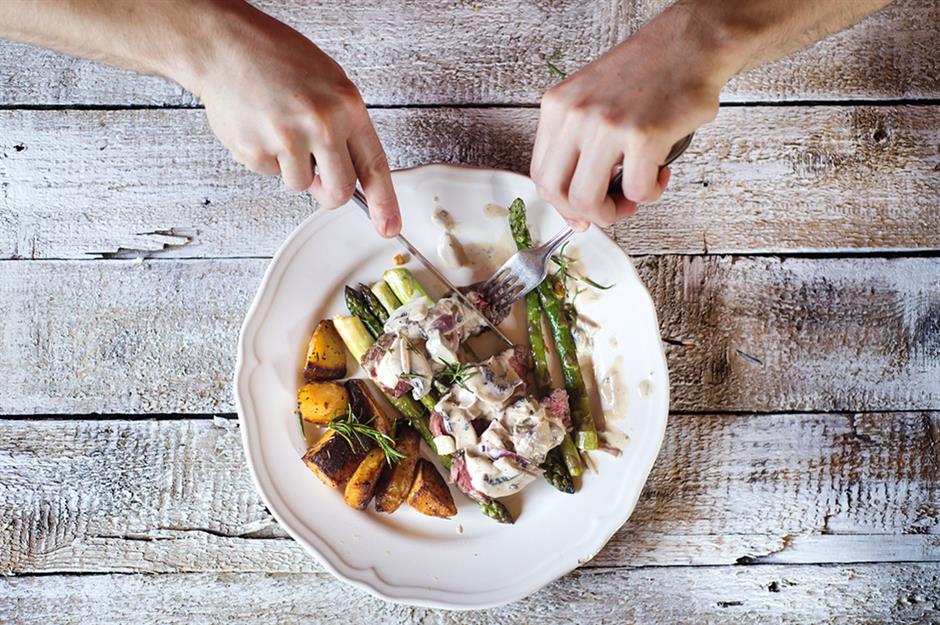
Know when to use the oven or the microwave
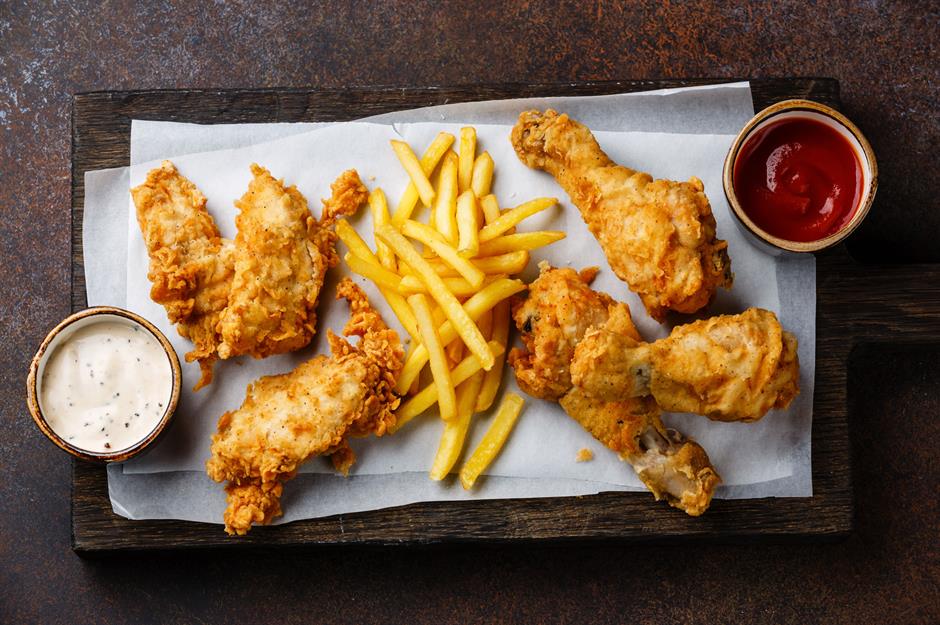
Slow and low or quick and hot
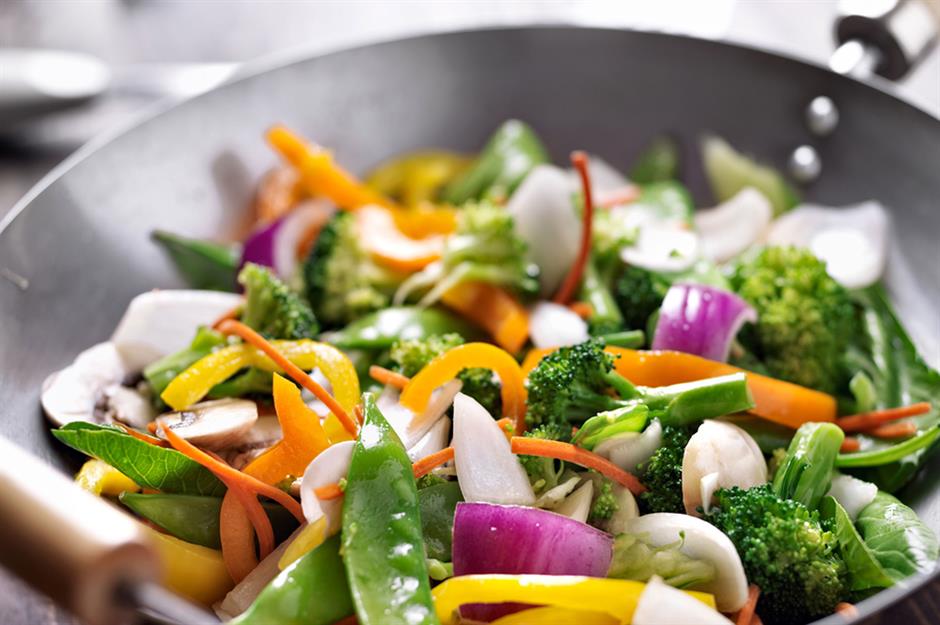
Keep it crispy
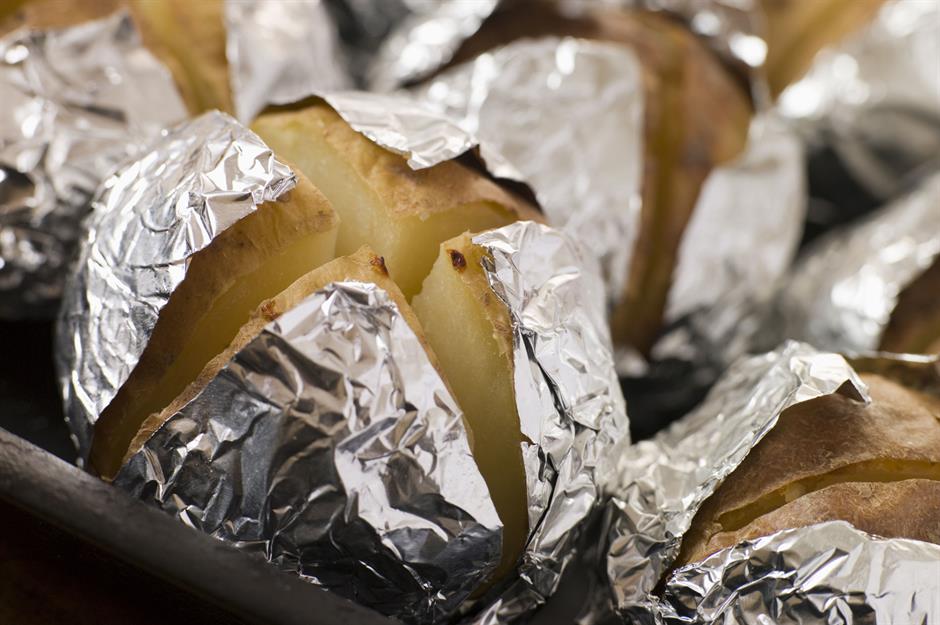
Divide up your cooking
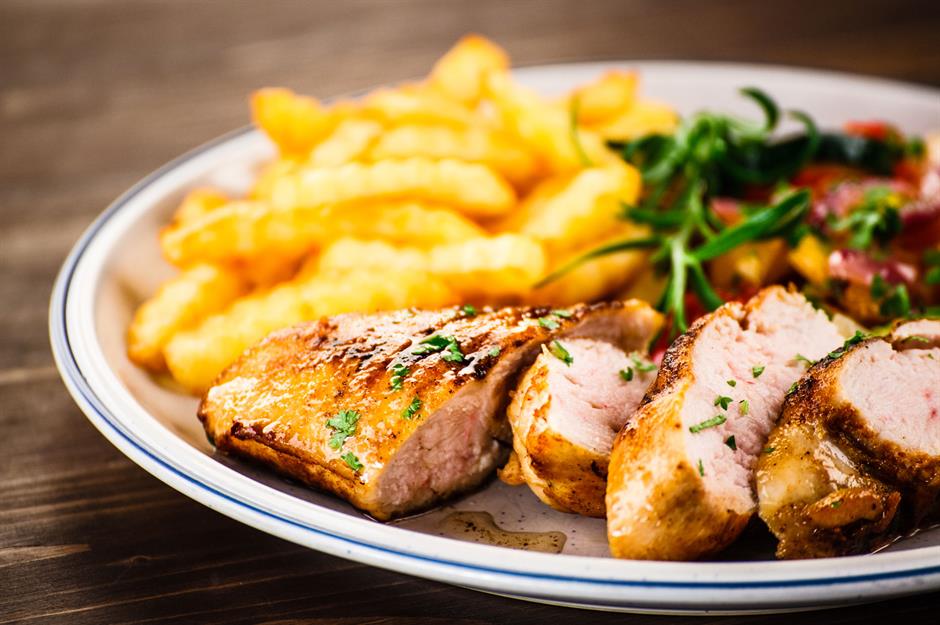
Help make sure your food cooks evenly
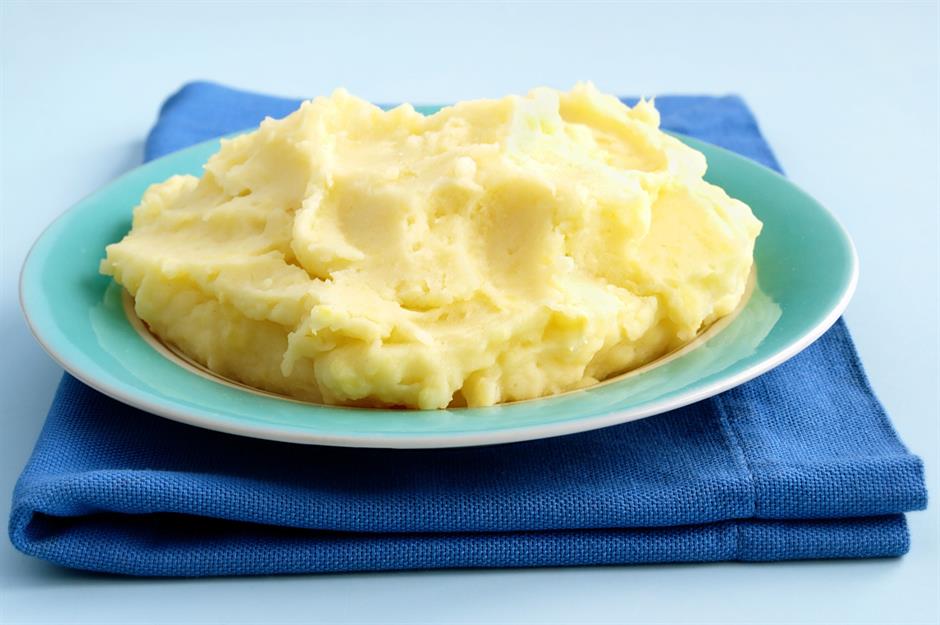
Add stock for moisture
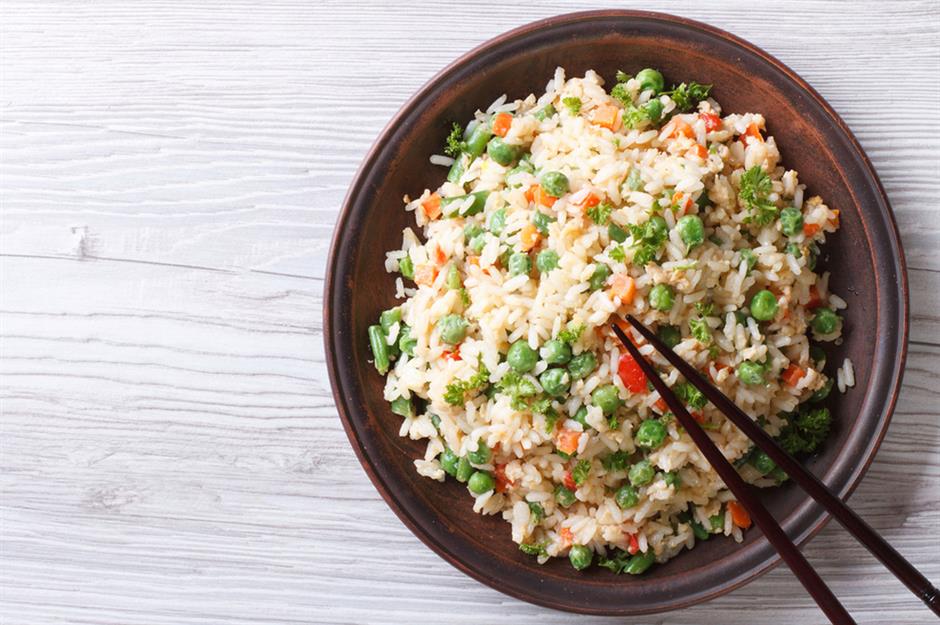
Try the ice cube trick
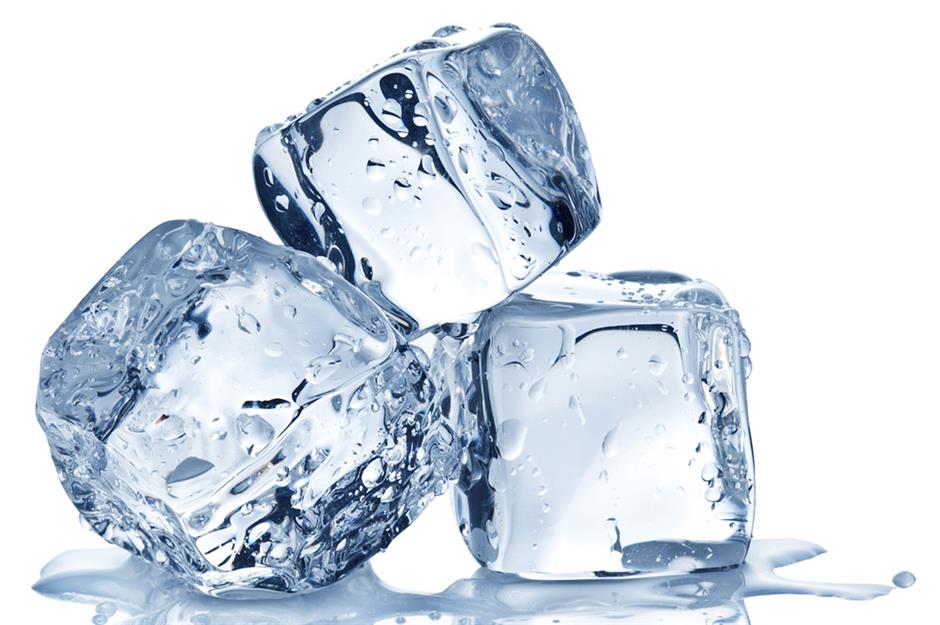
Drop an ice cube into your rice before reheating it in the microwave. This is an easy way to help keep the grains moist when recooking. Of course, ensure it is piping hot throughout before serving. For more, read our guide on how to cook perfect rice every time.
Always check the food manufacturer’s instructions
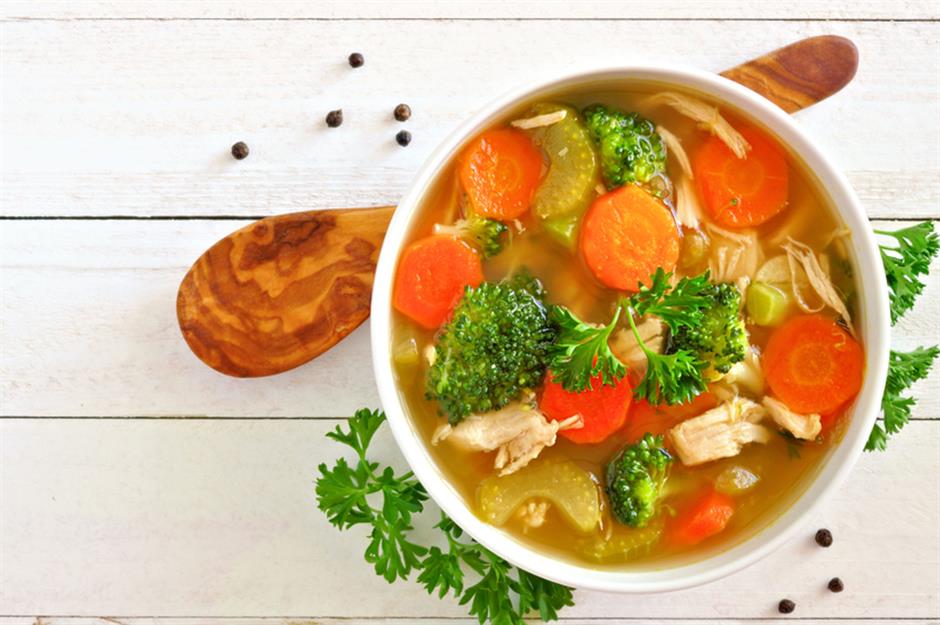
Wrap it up
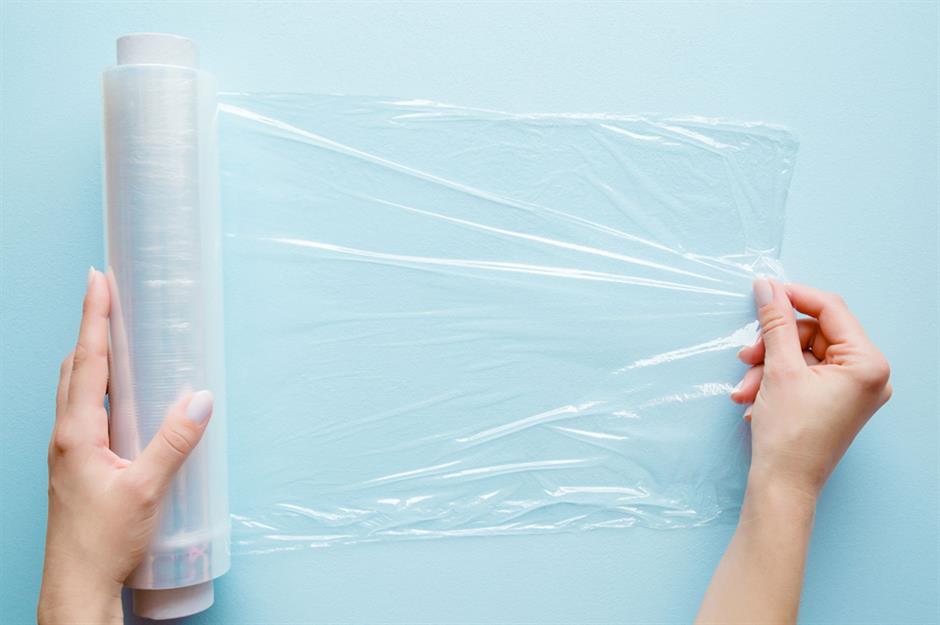
Be careful when using clingfilm
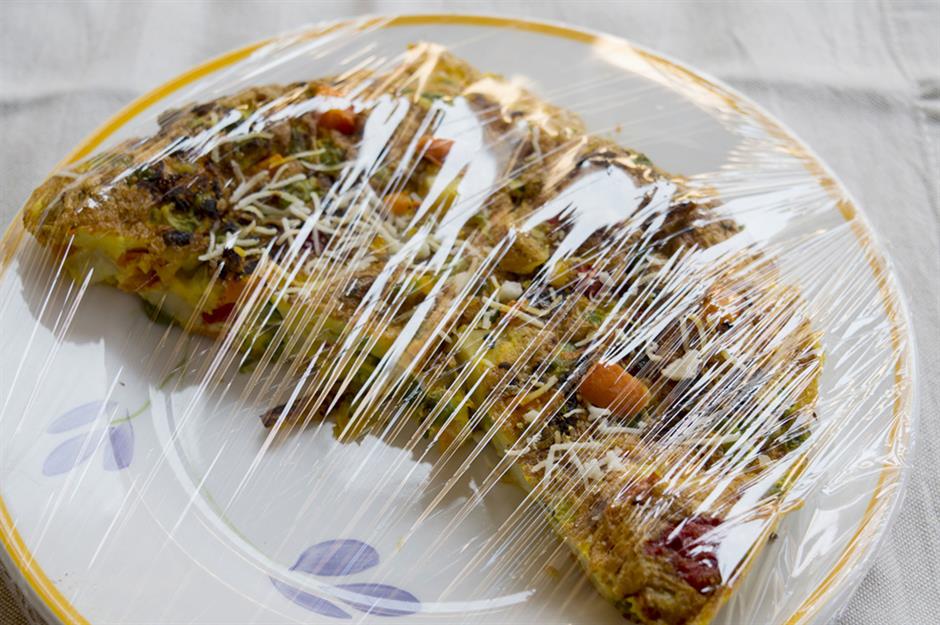
Keep food moist with foil
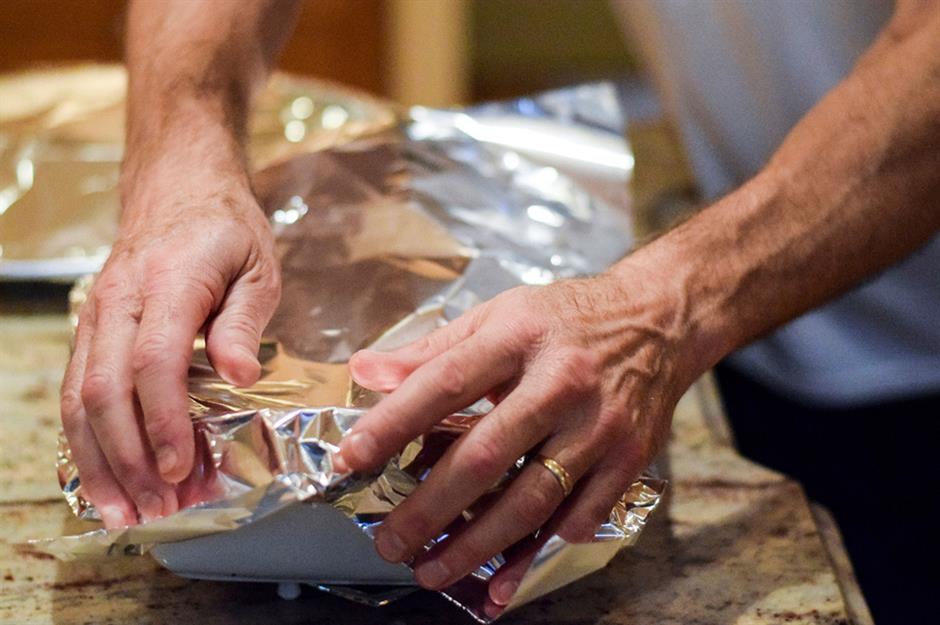
Remove the foil for crispy edges
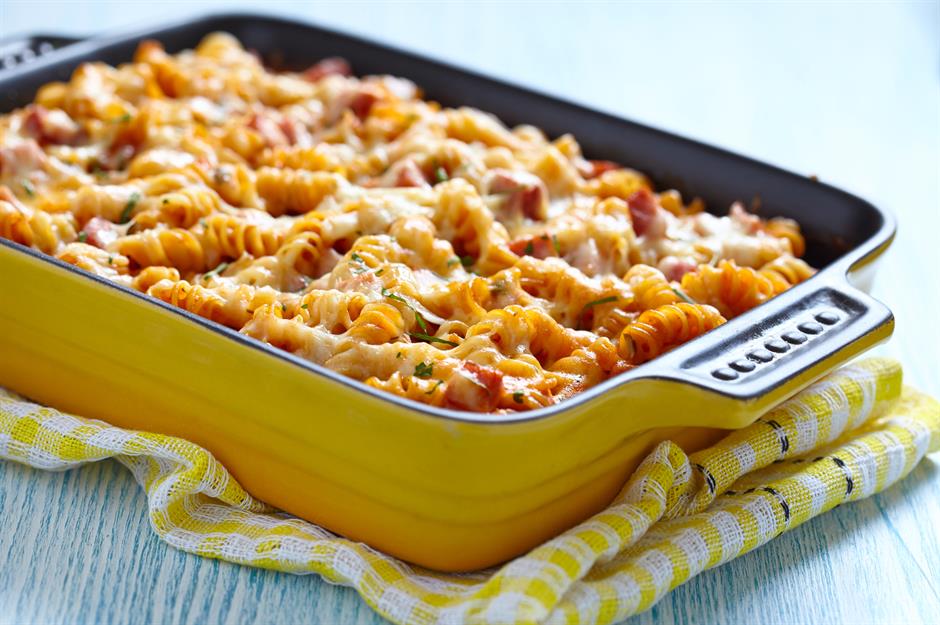
Get creative with your leftovers
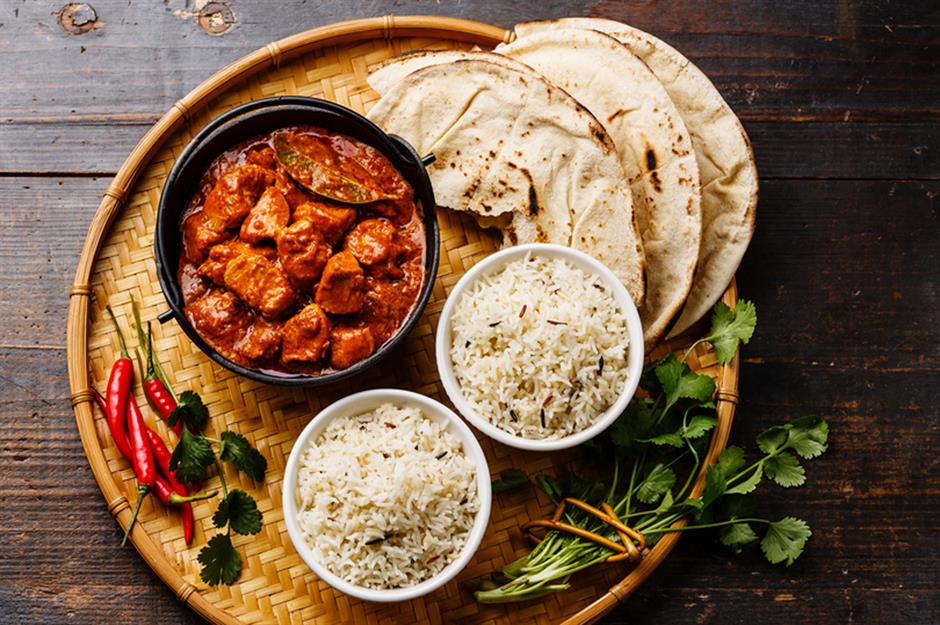
You can cook leftovers like chicken (whether cooked from frozen or fresh) or potatoes into new dishes such as stir-fries and spicy curries, rather than eating them as they are. Adding a sauce keeps food moist and adds a kick of flavour during the process of reheating.
How to reheat pasta
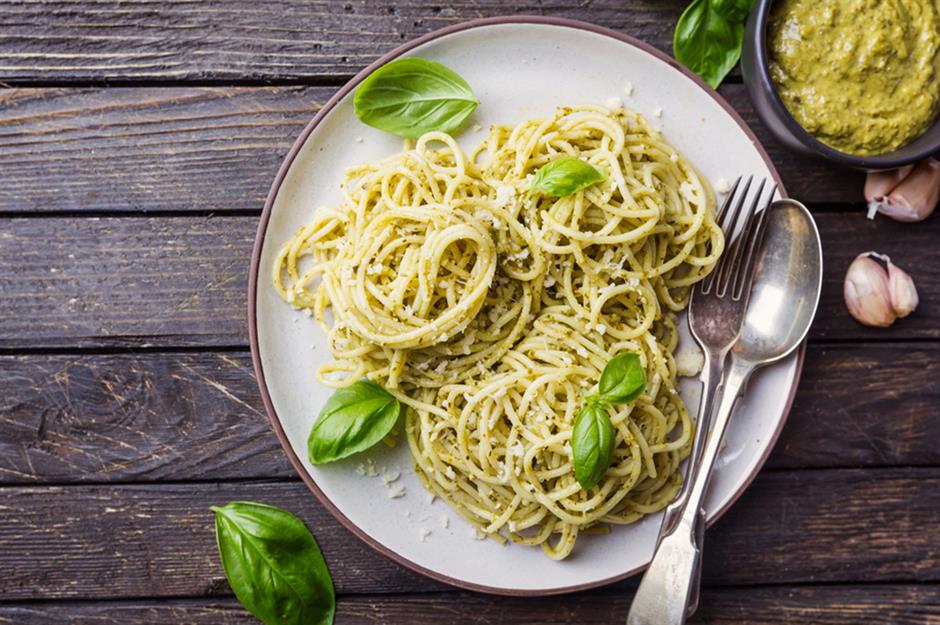
How to reheat pizza
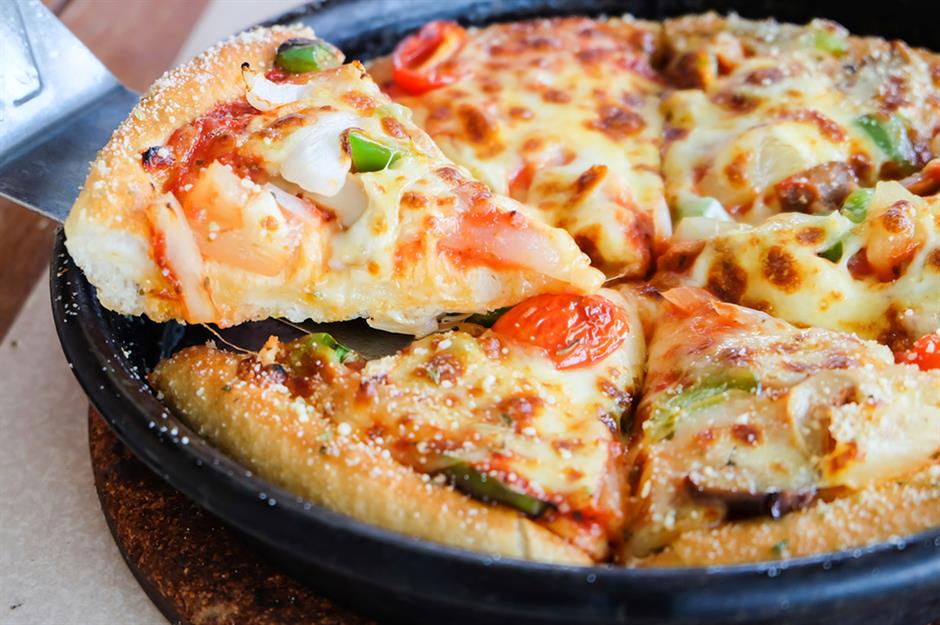
How to reheat chicken
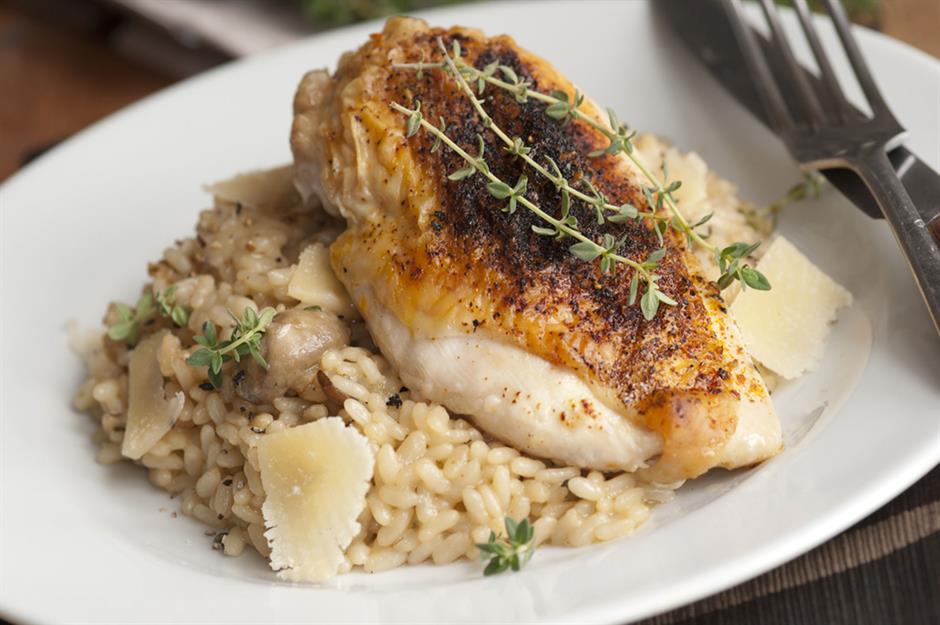
Roast chicken can be reheated as part of a new dish such as risotto or curry, or you can pan-fry it at a high heat to make it crispy. Your meat must be hot all the way through, with an internal temperature of at least 74°C (165°F). Chicken also reheats well covered in foil and placed in a medium oven.
How to reheat lasagne
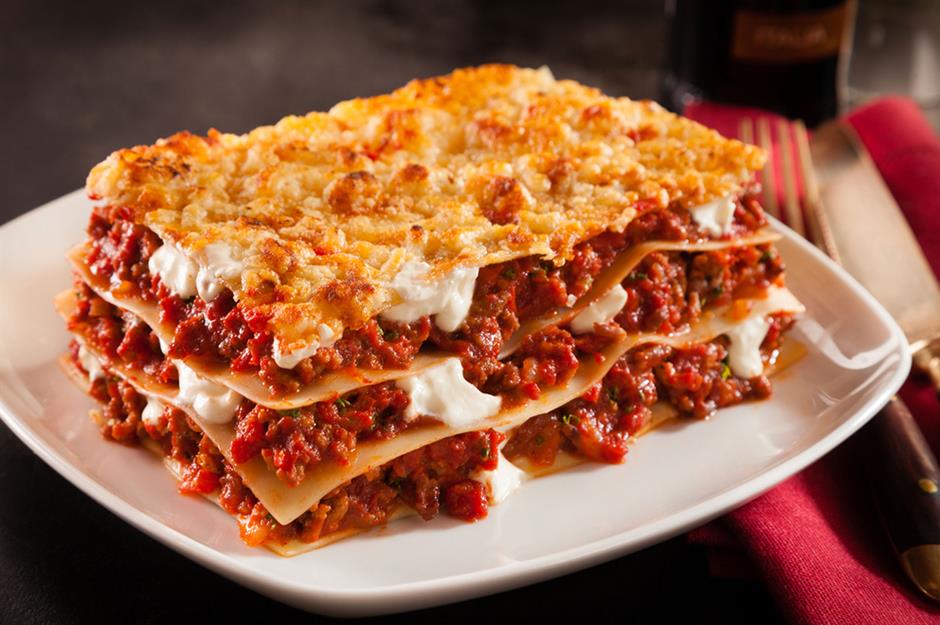
How to reheat fish
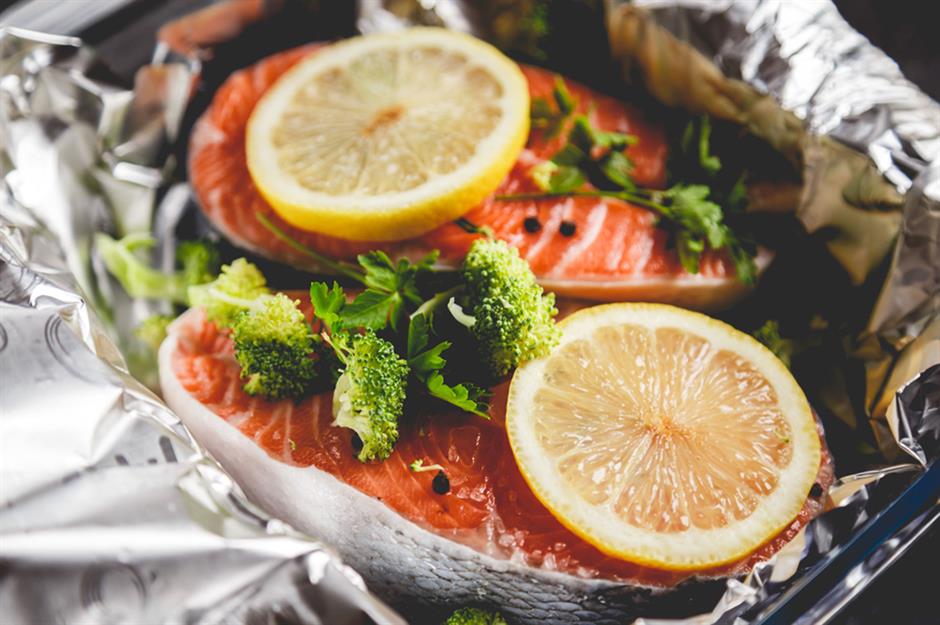
Fish can easily overcook when reheated. If reheating a thin, breaded piece of fish, you can cook it under the grill until it's at the right temperature: 63°C (145°F). White fish is best recooked in a sauce to keep it moist, or wrapped loosely in foil and reheated in a low oven. At its best, the fish should easily flake when touched with a fork.
How to reheat rice
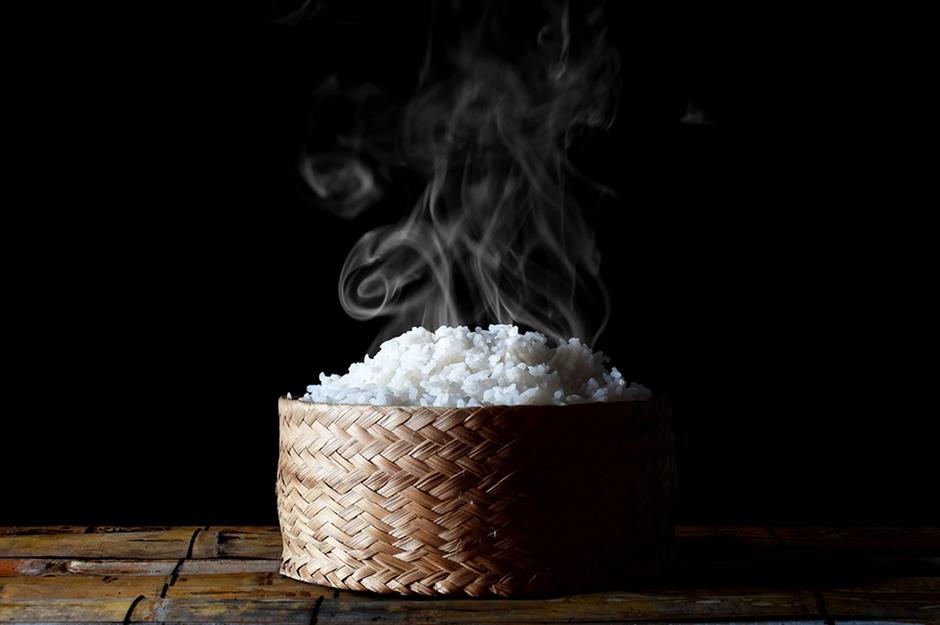
Reheated rice has a bad reputation but doesn’t necessarily cause food poisoning – too often illness is caused by poor practices when storing leftovers, rather than the recooking itself. If it's left at room temperature for too long, bacteria can thrive. In England the NHS has clear guidelines on the tricky business of reheating rice safely, recommending you cool any leftover cooked rice for under one hour before keeping it in the fridge for no more than one day. Cook until steaming hot all the way through and never reheat rice more than once. Discover everything you need to know about cooking rice.
How to reheat rice
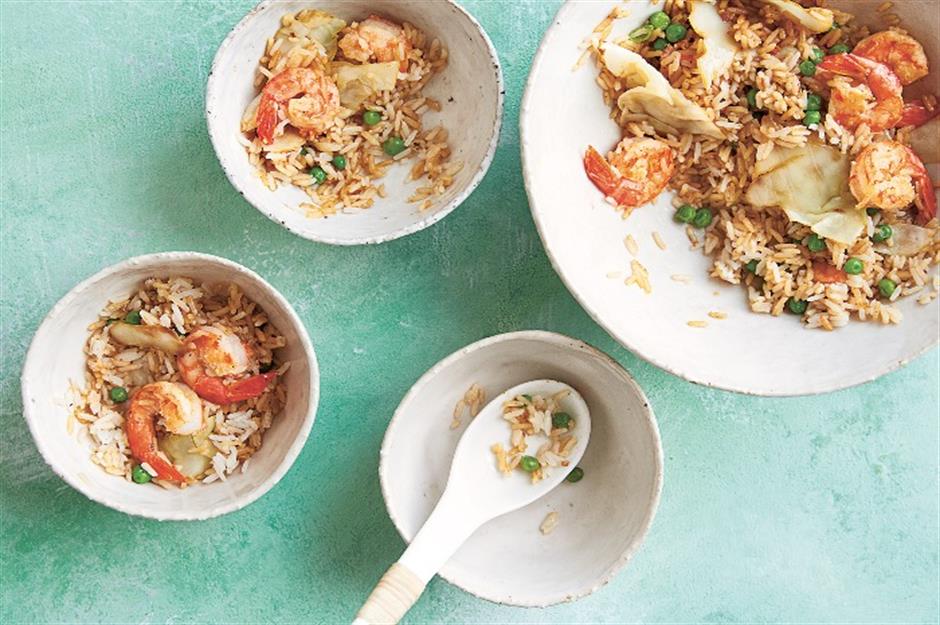
Making a quick egg-fried rice dish is a great way to reheat this grain. Cook the rice in a wok or frying pan with eggs and vegetables, then finish with soy sauce. Try this straightforward egg fried rice recipe with tiger prawns and cabbage for an easy and tasty supper.
Comments
Be the first to comment
Do you want to comment on this article? You need to be signed in for this feature
Most Popular
Reviews Where to find America's best fried chicken